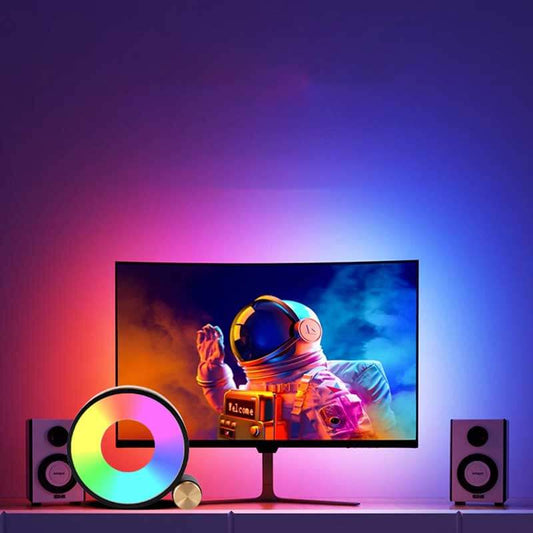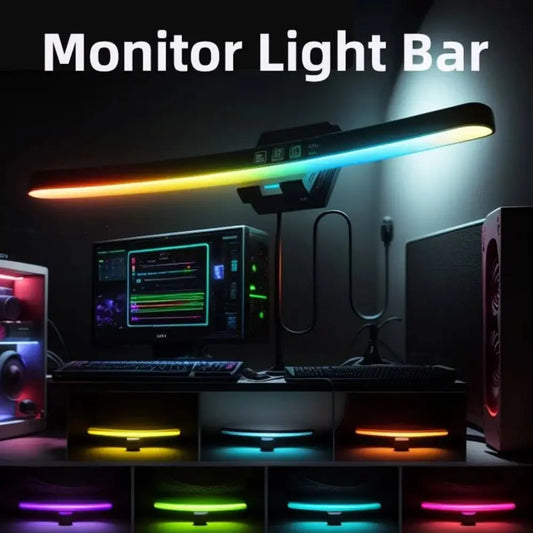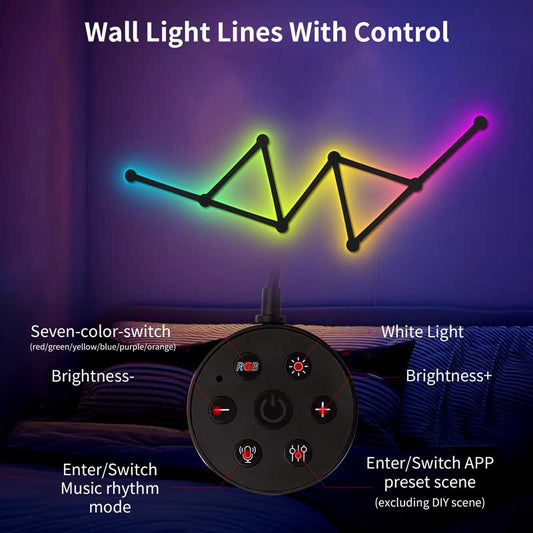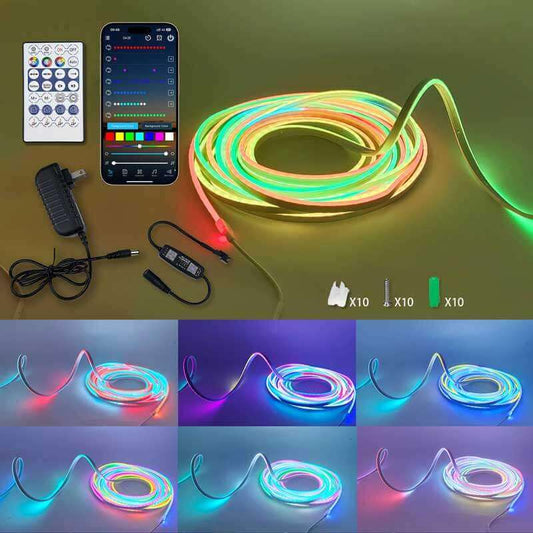How RGBIC lights can be integrated with smart home systems?
Share
Integrating RGBIC lights with smart home systems allows users to control their lighting remotely, automate lighting schedules, and create dynamic lighting effects using voice commands or mobile apps. Here's how RGBIC lights can be integrated with smart home systems:
-
Smart Hubs: Many RGBIC light systems are compatible with popular smart home hubs like Amazon Echo, Google Home, or Apple HomeKit. These hubs act as centralized controllers for various smart devices, including RGBIC lights.
-
Wireless Connectivity: RGBIC lights typically connect to smart home systems via Wi-Fi or Bluetooth. This wireless connectivity enables seamless communication between the lights and the smart home hub or mobile devices.
-
Mobile Apps: Manufacturers often provide dedicated mobile apps that allow users to control their RGBIC lights from their smartphones or tablets. These apps offer features like color selection, brightness adjustment, preset scenes, scheduling, and more.
-
Voice Control: Integration with voice assistants like Amazon Alexa, Google Assistant, or Apple Siri enables hands-free control of RGBIC lights. Users can simply issue voice commands to adjust colors, brightness, or activate preset scenes.
-
Automation: Smart home systems allow users to automate their RGBIC lights based on schedules, triggers, or sensor inputs. For example, you can set your lights to turn on gradually in the morning as an alarm, dim during movie time, or change colors for special events.
-
Scene Presets: Users can create customized lighting scenes or presets for different moods or activities. With smart home integration, these presets can be activated with a single command or scheduled to change at specific times.
-
Remote Access: Smart home integration enables remote access to RGBIC lights, allowing users to control their lights from anywhere with an internet connection. This feature is particularly useful for adjusting lighting while away from home.
By integrating RGBIC lights with smart home systems, users can enjoy enhanced convenience, energy efficiency, and customization in their lighting setup. The ability to control lighting with voice commands, mobile apps, or automation adds a new level of flexibility and functionality to home lighting systems.




